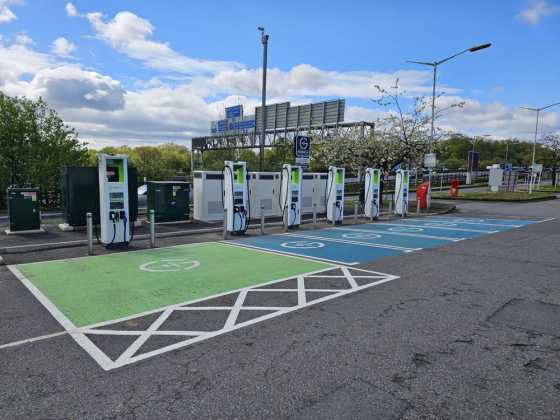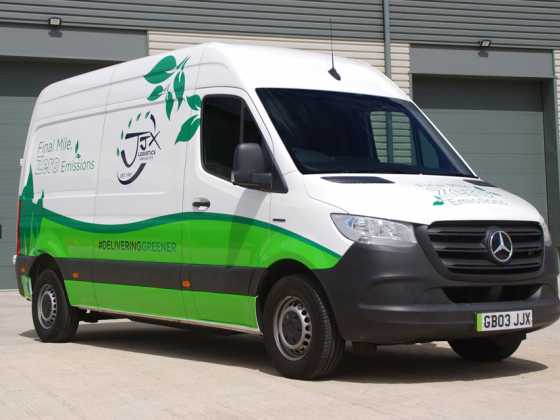Bus use increases as services become greener and more convenient
The number of people using buses in towns and cities across the UK has grown thanks to cleaner vehicle technology, better connectivity and improved convenience, a new report shows.
The report by the Low Carbon Vehicle Partnership (LowCVP) shows that bus use from 2009/2010 to 2015/16 has increased by 19 per cent in Bristol, 17 per cent in Reading, 15 per cent in Milton Keynes and 12 per cent in Oxfordshire.
These services have benefited from investment and prioritisation from local councils and partnership with operators.
York has also seen a seven per cent increase in bus usage since 2011, which estimates to an equivalent of 600,000 extra passenger journeys each year.
Some of the reasons for growth cited in The Any Journey is Greener by Bus report includes cleaner vehicle technology, real-time travel information, integrated ticketing, free wifi and charging, improved seating, shorter journeys, better routing and bus priority measures such as bus lanes.
Another survey shows that 28 per cent of 800 passengers across the UK use buses because of the environmental benefits and 57 per cent named convenience as its key factor.
Andy Eastlake, managing director of LowCVP, commented: “This report, the third in a series on progress in the bus industry, shows that innovation in technology is a part - but only a part- of what will make passengers return to the buses in great numbers.
“Buses have the potential to play a central role, particularly in cities of the future where the idea of mobility as a service is already becoming a reality.
“But, as these case studies show, the industry has to move fast to keep up with the game and deliver the kinds of services that modern passengers are coming to expect.”
Greener Journeys chief executive, Claire Haigh, added: “We would encourage councils and operators across the UK to look at the innovative services, measures for tackling congestion and clean bus technology detailed in this report as a model for raising usage and sparking their own bus renaissance.”



